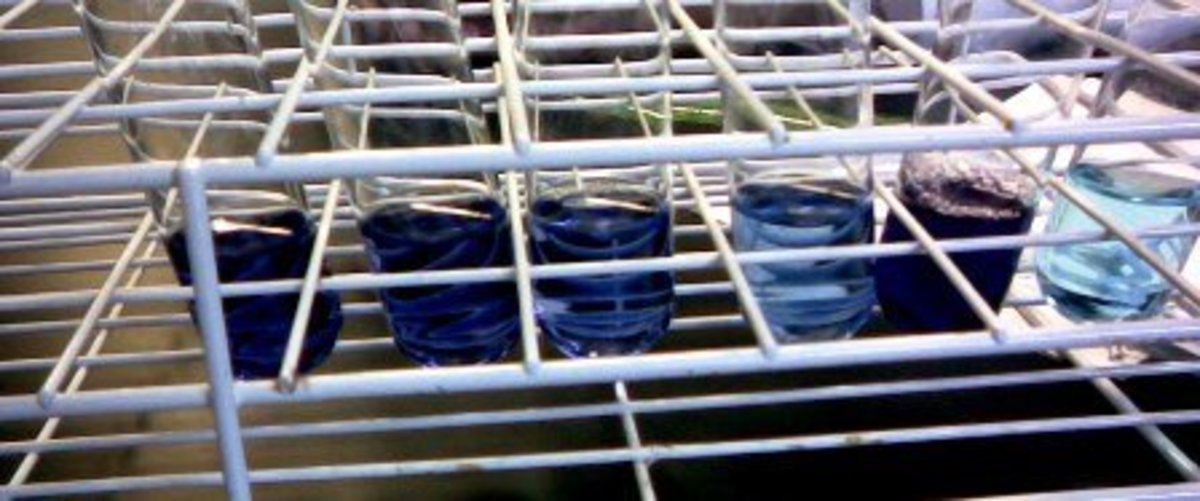

Ships will have to treat ballast water to meet regulatory discharge standards. The convention has yet to be ratified, but the US Coast Guard (USCG) has established national regulation of systems to “kill, render harmless, or remove” organisms from ballast water discharge (US Coast Guard 2012). In response to the threats from continued introductions of aquatic invasive species, the United Nations International Maritime Organization (IMO) adopted the International Convention for the Control and Management of Ships’ Ballast Water and Sediments (IMO 2004). We conclude that with careful evaluation, SDC-MPN is potentially an effective method for assessing the viability of phytoplankton after BWT. Thorough consideration of sources of error leads to recommendations for minimizing and quantifying uncertainties by optimizing growth conditions and conducting systematic comparisons. Importantly, viable cells need to grow only enough to be detected, not to be brought into sustained culture, and competition between species in a dilution tube is irrelevant as long as the winner is detectable. A review of the literature shows that although SDC-MPN has been used for more than 50 years-generally to identify and count phytoplankton species that cannot be preserved-its application to enumerate total viable phytoplankton seems to be new, putting past criticisms of the method in a different light.

But, the method has been criticized, particularly because it is thought that many phytoplankton species cannot be cultured.

In principle, the serial dilution culture-most probable number (SDC-MPN) method provides the appropriate measure for phytoplankton. An alternative evaluation of BWT can be proposed based on the assessment of viable, rather than living, cells in discharge water. Consequently, UV-treated discharge can be compliant with the intent of regulation while failing a live/dead test. Ultraviolet radiation (UV) stops the reproduction of microorganisms without killing them outright they are living, but not viable, and ecologically as good as dead. Discharge standards for ballast water treatment (BWT) systems are based on concentrations of living cells, for example, as determined with vital stains.


 0 kommentar(er)
0 kommentar(er)
